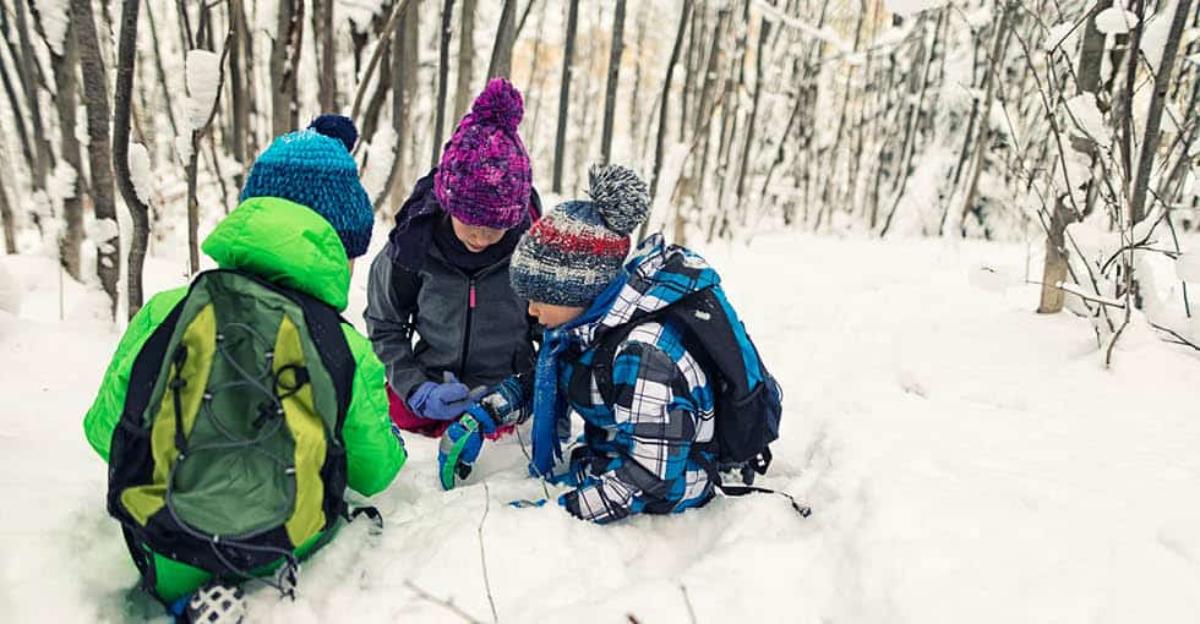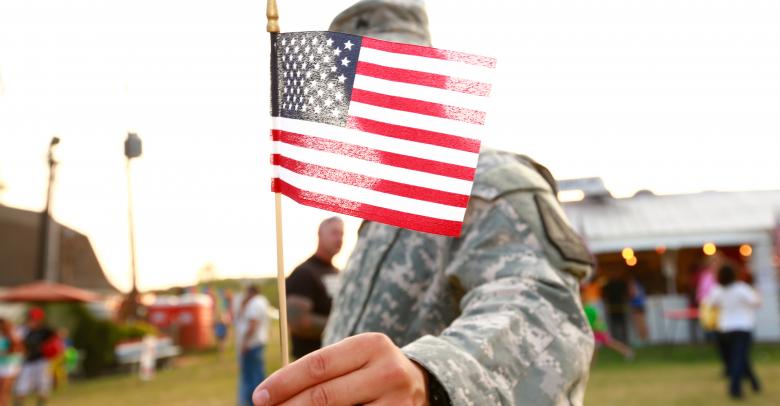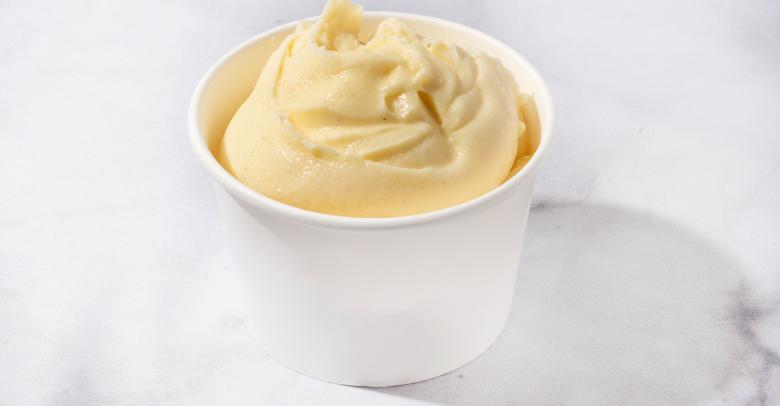Snowflakes come in an amazing variety of shapes and sizes—and the old adage “no two snowflakes are alike” holds true. Each snowflake can be made up of combinations of dozens of shapes—from simple bullets and triangles to complex dendrites and stars. Check out these activity ideas and get your students engaged and learning about the science of snow this winter!
3 Winter and Snow-Themed Classroom Activities
Looking at the basic shapes that make up a snowflake provides an opportunity to talk about two and three dimensional objects, shapes, sizes, symmetry and more. Incorporating snowflakes and snowfall into the STEAM classroom gives you the chance to explore everything from temperature to diversity. Plus it ensures you have plenty to choose from for your winter classes.
Read More: Snowflake-Themed Arts & Crafts
Snowflake Construction
Strips of construction paper and adhesive are all you need for this simple but effective project that combines art and science. This crafty take on snowflake science explores symmetry and the way individual snowflakes are shaped. Vary the complexity of the design and the number of shapes used depending on grade level. You can get full details over on the Fun-a-Day blog.
Grow Crystals
You can’t make it snow on demand – but you can enjoy crystallized snowflakes in the classroom. This interactive crystal snowflakes project from Teachers Pay Teachers uses Borax, pipe cleaners, and water to create crystals overnight. Young kids will enjoy seeing their snowflakes blossom into sparkling crystals overnight. Older kids can learn about saturation, chemical changes, and the “why” behind the science of snow magic.
Melting Snow
Save this activity for a snowy day—or use crushed ice if you live in a warm climate. Students perform experiments to see what ingredients melt snow most quickly. Place equal portions of snow in three or more containers. Use one as the control and record how quickly it melts in the classroom setting. Add salt, sugar or other substances to the other containers to see which additions melt the snow more quickly—and which don’t speed things up at all. Record your results.
More Winter Classroom Ideas and Inspiration
You don’t have to live in a cold climate to incorporate the science of snow and snowflakes into the classroom. Studying the structure of snow and using stand-ins like shaved ice allows you to experiment and learn without having to cope with real snowfall. Incorporating one or more snow activities into learning gives you an easy way to tie the lesson into the season and create memorable projects that will resonate with your students for years to come.






Leave a Reply